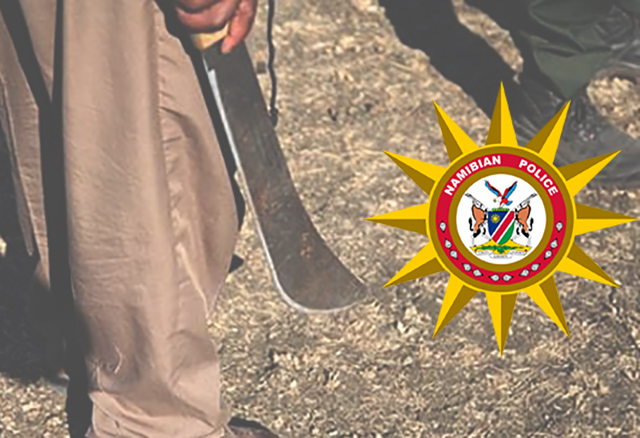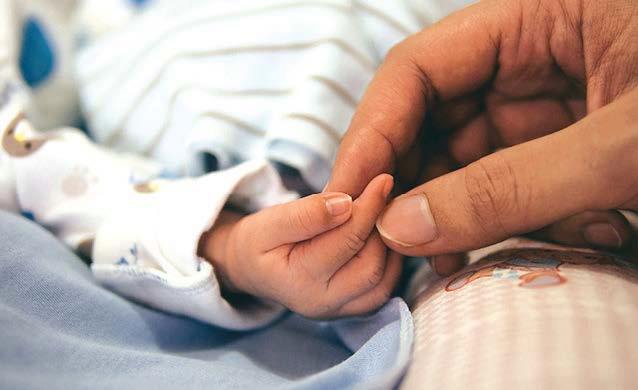Iranian President Mahmoud Ahmadinejad said yesterday his landmark visit to Iraq opened a new chapter in “brotherly” relations between the two countries, which were once bitter enemies.
Ahmadinejad is the first Iranian president to visit Iraq. The trip not only highlights his country’s growing influence on its Arab neighbour in the post-Saddam Hussein era, but it also serves as an act of defiance toward the United States, which accuses Iran of training and giving weapons to Shiite extremists in Iraq.The Iranian leader went from Baghdad’s airport to a meeting with Iraqi President Jalal Talabani, who gave him a red-carpet welcome.The two kissed four times on the cheek in the traditional fashion and a band played the two countries’ national anthems.”We had very good talks that were friendly and brotherly….We have mutual understandings and views in all fields, and both sides plan to improve relations as much as possible,” Ahmadinejad said in a news conference with Talabani at the Iraqi president’s residence, located across the Tigris River from the new US Embassy in the fortified Green Zone.Talabani said the two discussed economic, political, security and oil issues and planned to sign several agreements later.But he said the issue of borders, including the disputed Shatt al-Arab waterway between the two countries, was not discussed.Iran has denied US charges that it aids militants, and Ahmadinejad stressed that his country wanted a stable Iraq that would benefit the region.”A united Iraq, a sovereign Iraq and an advanced Iraq is to the benefit of all regional nations and the people of Iran,” he said.The news conference appeared to end abruptly after a reporter asked Ahmadinejad about the People’s Mujahedeen Organisation of Iran, which was allied with Saddam during the bitter 1980s war between the two countries.The group has opposed Iran’s Islamic republic and has operated out of Iraq.The US and European Union list it as a terrorist organisation.Talabani interjected, saying: “This issue has been discussed earlier and the presence of those as a terrorist organisation is constitutionally not allowed.We will endeavour to get rid of them out of the Iraqi territory soon.”Though both are Shiite-majority countries, Iran and Iraq were hostile to each other throughout Saddam’s regime.Their eight-year war after Saddam invaded Iran in 1980 cost about 1 million lives.But when Saddam’s Sunni-dominated regime fell and Iraq’s Shiite majority took power after the 2003 US-led invasion, long-standing ties between the Shiites of both countries flourished again, though the two neighbours have yet to sign a peace treaty.Many of Iraq’s Shiite leaders lived in exile in Iran during Saddam’s rule, and Talabani, a Sunni Kurd, speaks fluent Farsi.Nampa-APThe trip not only highlights his country’s growing influence on its Arab neighbour in the post-Saddam Hussein era, but it also serves as an act of defiance toward the United States, which accuses Iran of training and giving weapons to Shiite extremists in Iraq.The Iranian leader went from Baghdad’s airport to a meeting with Iraqi President Jalal Talabani, who gave him a red-carpet welcome.The two kissed four times on the cheek in the traditional fashion and a band played the two countries’ national anthems.”We had very good talks that were friendly and brotherly….We have mutual understandings and views in all fields, and both sides plan to improve relations as much as possible,” Ahmadinejad said in a news conference with Talabani at the Iraqi president’s residence, located across the Tigris River from the new US Embassy in the fortified Green Zone.Talabani said the two discussed economic, political, security and oil issues and planned to sign several agreements later.But he said the issue of borders, including the disputed Shatt al-Arab waterway between the two countries, was not discussed.Iran has denied US charges that it aids militants, and Ahmadinejad stressed that his country wanted a stable Iraq that would benefit the region.”A united Iraq, a sovereign Iraq and an advanced Iraq is to the benefit of all regional nations and the people of Iran,” he said.The news conference appeared to end abruptly after a reporter asked Ahmadinejad about the People’s Mujahedeen Organisation of Iran, which was allied with Saddam during the bitter 1980s war between the two countries.The group has opposed Iran’s Islamic republic and has operated out of Iraq.The US and European Union list it as a terrorist organisation.Talabani interjected, saying: “This issue has been discussed earlier and the presence of those as a terrorist organisation is constitutionally not allowed.We will endeavour to get rid of them out of the Iraqi territory soon.”Though both are Shiite-majority countries, Iran and Iraq were hostile to each other throughout Saddam’s regime.Their eight-year war after Saddam invaded Iran in 1980 cost about 1 million lives.But when Saddam’s Sunni-dominated regime fell and Iraq’s Shiite majority took power after the 2003 US-led invasion, long-standing ties between the Shiites of both countries flourished again, though the two neighbours have yet to sign a peace treaty.Many of Iraq’s Shiite leaders lived in exile in Iran during Saddam’s rule, and Talabani, a Sunni Kurd, speaks fluent Farsi.Nampa-AP
Stay informed with The Namibian – your source for credible journalism. Get in-depth reporting and opinions for
only N$85 a month. Invest in journalism, invest in democracy –
Subscribe Now!








